Selling Size: Single Plant | 4″ Pot Included
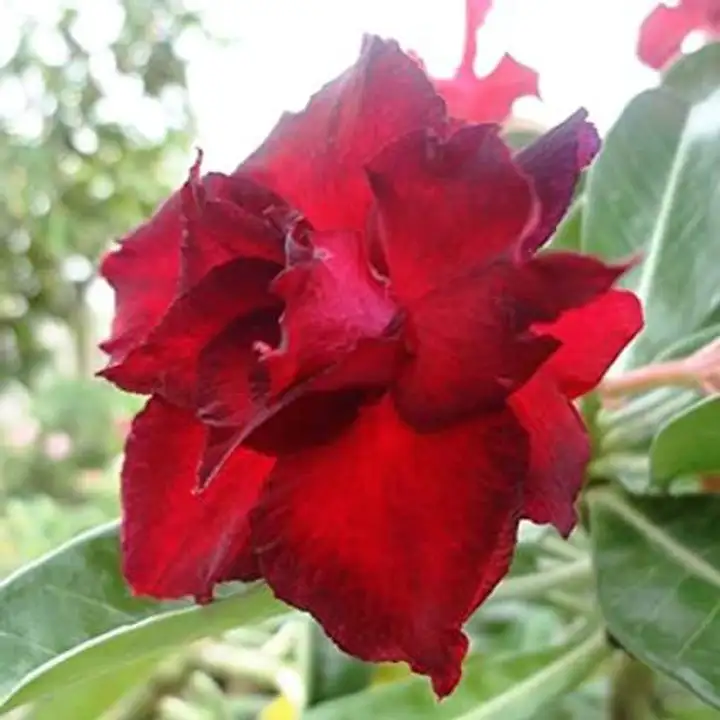
Adenium plants, also known as desert roses, are popular for their swollen caudex, attractive flowers, and bonsai-like appearance. Here’s a detailed guide on how to care for them:
Light:
- Adeniums thrive in bright, direct sunlight, needing at least 6-8 hours daily, especially during their active growth in spring and summer.
- Insufficient light can lead to leggy growth and reduced flowering. Position indoor plants near a south-facing window, where light intensity is strongest.
- If natural light is inadequate, especially in winter, supplemental grow lights can be used. However, some sources advise against indoor growing.
- In extremely hot climates, some afternoon shade can protect the plant from leaf scorch, especially for young seedlings. Gradually acclimate plants to direct sun after winter protection.
Temperature:
- Adeniums prefer warm temperatures between 21°C and 38°C (70-100°F) during the growing season.
- They are not frost-tolerant and should never be exposed to temperatures below 10°C (50°F) for extended periods, as this can cause damage or death. Bring outdoor plants indoors when temperatures drop below this threshold.
- During the dormant season (fall and winter), a slightly cooler temperature between 10°C to 15°C (50°F to 60°F) is ideal.
Watering:
- Water thoroughly when the soil is dry to the touch during the active growing season (spring and summer). Ensure the pot has drainage holes to prevent waterlogging.
- Allow the soil to dry out completely between waterings. Adeniums are succulents and store water in their caudex, making them drought-tolerant.
- Reduce watering significantly during the dormant season (fall and winter) to about once a month or less, as the plant focuses on conserving energy. Overwatering during dormancy can lead to root rot.
- Adjust watering frequency based on temperature and sunlight. Higher temperatures and more sunlight mean the plant will need more water.
- Avoid overwatering at all times, as it is a primary cause of root rot, which can be fatal.
Soil:
- Adeniums need well-draining soil to prevent root rot. A cactus or succulent potting mix is ideal.
- You can improve drainage by adding materials like perlite, pumice, or coarse river sand to the potting mix.
- Ensure your pot has drainage holes. Terracotta pots are often recommended as they allow for better airflow and drainage compared to plastic pots. Adding pebbles to the bottom of the pot can also improve drainage.
- Repotting is typically needed every 2-3 years or when the plant becomes root-bound, ideally in the spring.
Fertilizer:
- Fertilize adeniums during the active growing season (late spring to early fall) to encourage growth and flowering.
- Use a balanced liquid fertilizer (containing nitrogen, phosphorus, and potassium) diluted to half strength, once or twice a month. Some recommend a fertilizer with elevated phosphorus to promote flower formation.
- You can also use a slow-release fertilizer at the beginning of the growing season, following the package instructions. Avoid applying slow-release fertilizer after mid-summer.
- Stop fertilizing in late summer or early fall as the plant prepares for dormancy.
- Be cautious with fertilization, as adeniums are sensitive to high salt levels in the soil. Periodically leach the soil by watering thoroughly until water drains from the bottom to remove accumulated salts.
Dormancy:
- Adeniums typically go dormant in the fall and winter as temperatures cool and day length decreases.
- During dormancy, they may lose their leaves and stop growing.
- Reduce watering and withhold fertilizer during this period. Provide minimal light. Some sources suggest storing dormant plants in a cool, dark place, but others recommend a bright location.
- When temperatures warm up in spring and new growth appears, gradually resume regular watering and fertilization.
Pruning:
- Pruning is mainly done for shaping the plant and managing its size. It can also encourage branching and more flowers.
- The best time to prune is at the beginning of the summer so that wounds can heal and new growth has time to develop.
- Use clean, sharp pruning shears. Seal larger cuts with a fungicide or cinnamon powder to prevent infection.
- Pruned sections (cuttings) can be used to propagate new plants. Allow the cuttings to dry for a day or two before planting in well-draining soil.
Pests and Diseases:
- Spider mites and mealybugs are common pests of adeniums, especially in dry conditions. Inspect your plants regularly. Treat infestations with insecticidal soap or neem oil.
- Root rot is a serious issue caused by overwatering, especially in poorly draining soil. Prevent it by using appropriate potting mix and watering practices. If root rot occurs, remove the affected parts and repot the plant in fresh, dry soil.
- Fungal diseases can occur in humid conditions or if leaves remain wet for too long. Ensure good air circulation around the plant.
Toxicity:
- The sap of adenium plants is poisonous and can cause skin irritation upon contact and serious symptoms if ingested. Wear gloves when handling the plant and keep it away from children and pets.
By following these care guidelines, you can enjoy the unique beauty and fascinating growth of your adenium plant for many years.
Only logged in customers who have purchased this product may leave a review.

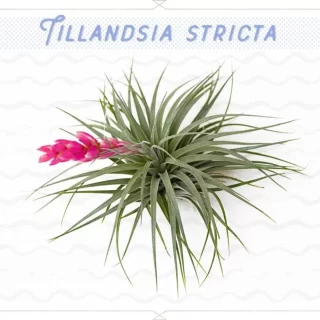

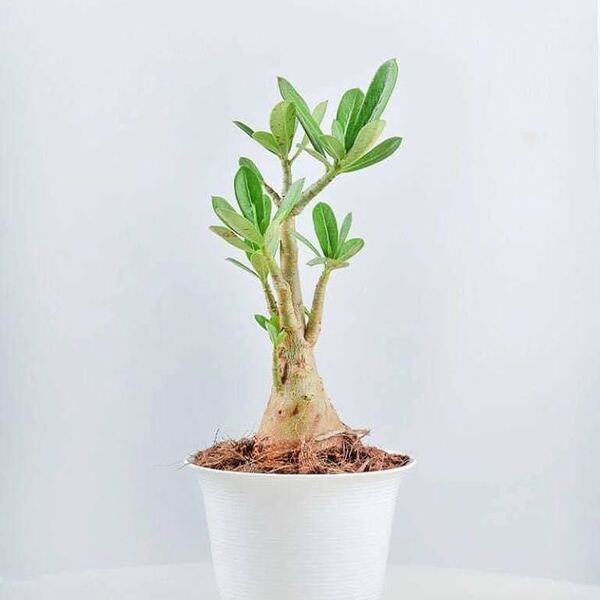
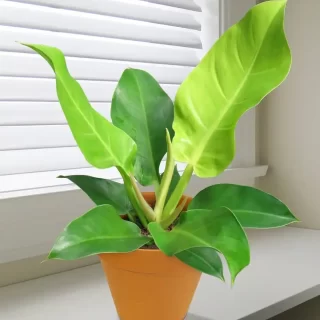
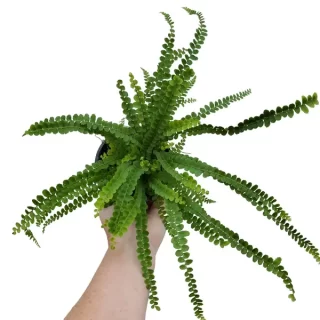
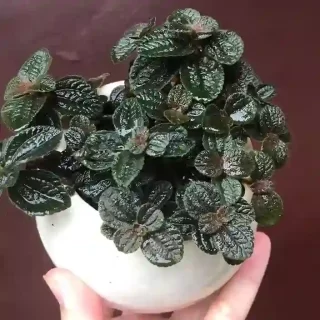
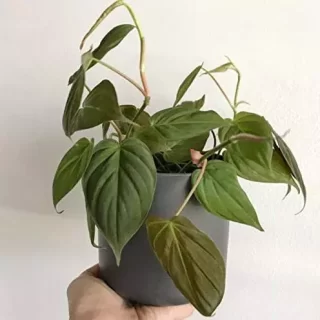
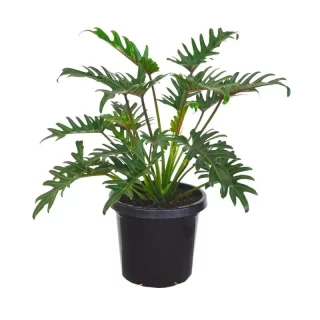
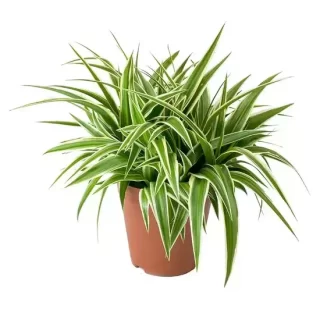
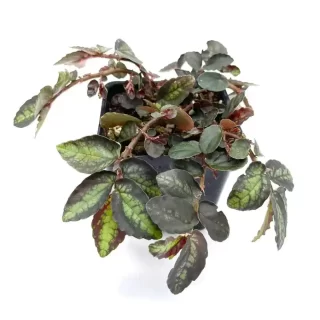
 If you need any assistance, I'm always here. Have you found what you were looking for?
If you need any assistance, I'm always here. Have you found what you were looking for?
Reviews
There are no reviews yet.